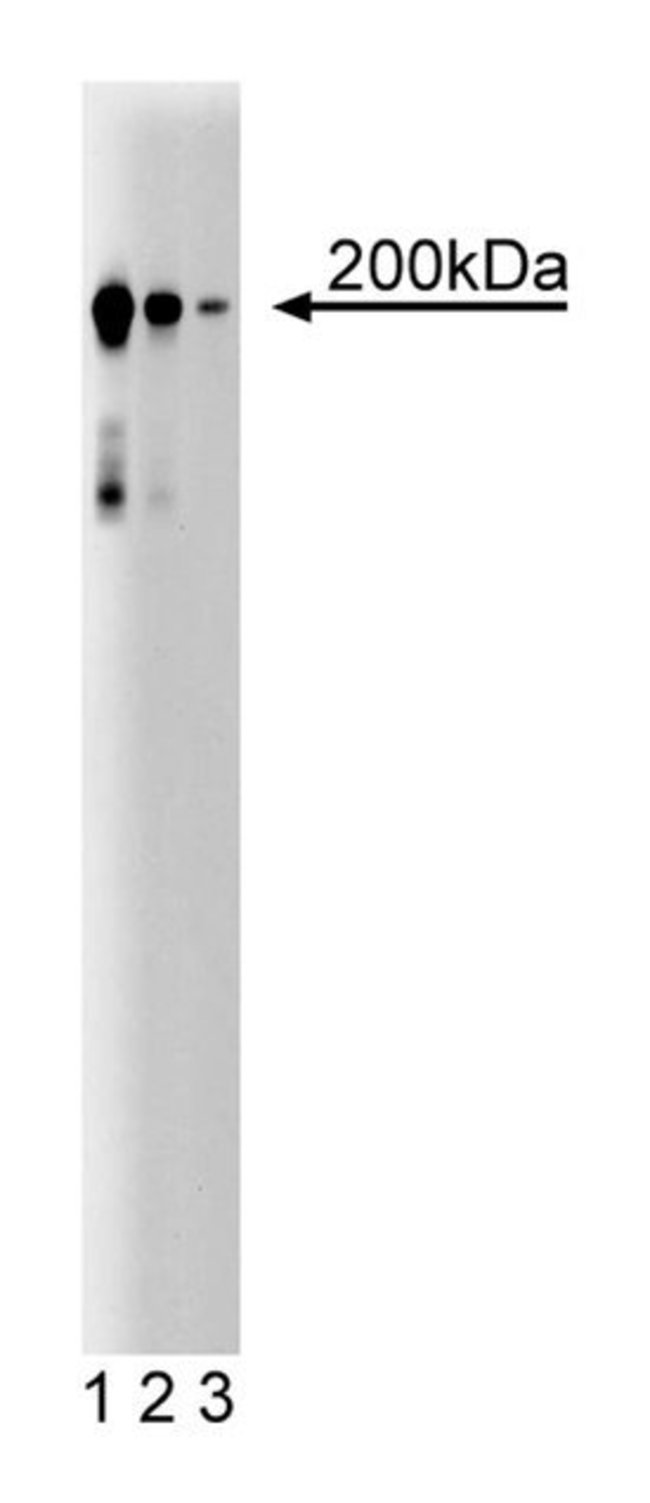CD104 Mouse anti-Human, Unlabeled, Clone: 7, BD, Mouse Monoclonal Antibody, Each

Details
Cell adhesion to extracellular matrix components or to cell surface proteins, especially those expressed by leukocytes and endothelial cells, is mediated by integrins. Integrins contain noncovalently associated α and β subunits. At least 17 α and 8 β subunits have been identified and these proteins can heterodimerize to form 22 different receptors. The α6β4 integrin is a receptor for various laminins and binds with the highest affinity to laminins 4 and 5. It exhibits elevated expression in the basal cell layer of stratified epithelia, in Schwann cells at the onset of myelination, and in CD4-CD8- pre-T lymphocytes entering the thymus. In addition, α6β4 expression is increased in squamous carcinomas where it promotes invasion through a targeting of PI3 kinase activity. The majority of β4 comprises a cytoplasmic domain with unique signaling properties. The C-terminal portion of this domain contains two pairs of type III fibronectin-like motifs (FNIII) and a tyrosine activation motif (TAM). Additional domains in the cytoplasmic tail bind Shc and activate the MAPK pathway. Thus, integrin β4 is an integrin subunit that is important for cell survival, growth, and differentiation.Host Species: MouseClone: 7Isotype: IgG1Species Reactivity: HumanImmunogen: Human Integrin β4 aa. 1612-1821Formula Weight [Chemical]: 200kDaImmunofluorescence, Western Blotting
Additional Information
| SKU | 10135321 |
|---|---|
| UOM | Each |
| UNSPSC | 12352203 |
| Manufacturer Part Number | 611232 |

